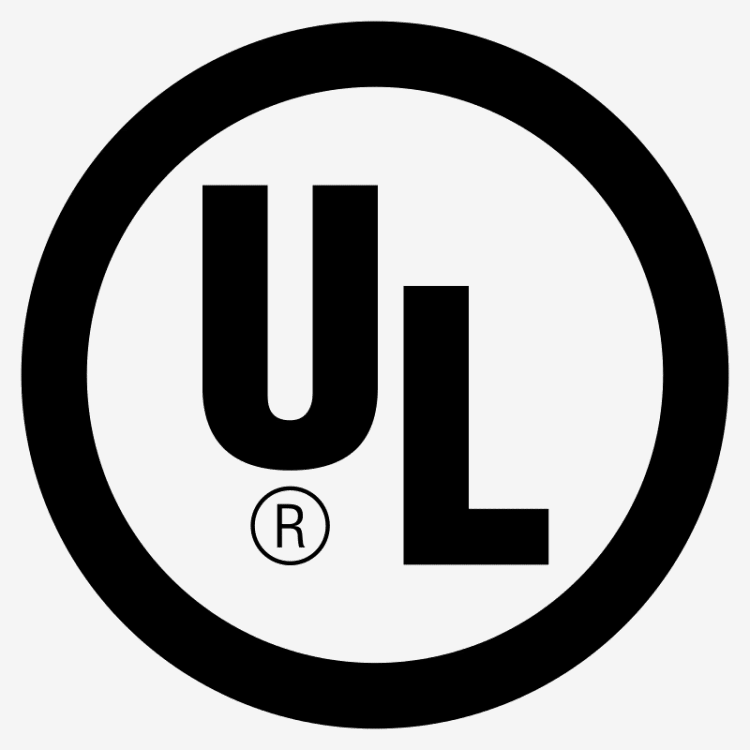C1D1, which stands for Class I, Division 1, is part of an area classification system used by companies and municipalities in the United States. The system is defined by the National Electric Code (NEC) as enumerated by the National Fire Protection Association, Publication 70 (NFPA 70). It identifies the required safety features of wiring and other electrical components installed in hazardous locations. Specifically, Article 500 describes the NEC Division classification system.
In order to increase consumer confidence, nationally recognized testing laboratories (NRLTs) have been authorized to provide a seal of approval on consumer products that have met these standards. A great example of this is the standard “UL” found on many appliances in the United States, which stands for Underwriters Laboratories, one such NRTL. These listing agencies derive their mandate from OSHA, the Occupational Safety and Health Administration of the U.S. Department of Labor. To be listed, an item must be designed, manufactured, tested or inspected, and marked in accordance with regulations.
When it comes to cannabis extraction facilities, the class and division systems we are interested in are those that deal with the building codes of areas that house flammable or potentially explosive gases (Class I) as opposed to dusts (Class II). These typically include hydrocarbon compounds, and to some extent ethanol.
A C1D1 manufacturing space will have live gas monitoring, zero points of ignition, ventilation capable of expunging gas levels at the amounts outputted by the machines inside it, and fire-suppressing materials that help prevent disasters.
Although a general consensus has formed regarding the required safety features in states where cannabis extraction has been legalized, some municipalities interpret the NFCA 70 differently than others. While most decide to label hydrocarbon extractions with the conservative Division 1 standard, there is an argument that these spaces could fall under Division 2.
The difference is in the assumptions regarding the normal conditions of the space. Division 1 assumes the area will contain concentrated flammable gases or vapors either all (>10%) or a large portion(0.1–10%) of the time. In other words, under standard operating procedures, this classification assumes that some significant amount of solvent fumes will always be present in the extraction area.
A Division 2 zone, conversely, is defined by a location where flammable gases are un-likely to exist under normal operating conditions. In this area, these gases would only be present if some extenuating circumstances like a leak or spill occurred. When speaking about a well-operated, closed-loop system, most people would agree that this is likely the case. However, since in conditions of an accident, or even during training, things can go wrong fast, many prefer fortifying extraction chambers to a code that can absolutely minimize potential dangers or damages.
Whatever the case may be, the takeaway point here is that no matter what, it is imperative that prospective manufacturers research the code in the articular municipality in which they plan on operating and build their extraction spaces to the exact specifications required. This is not a place where cutting corners is going to cut it: a spark of any kind in a room full of butane can lead to a multi million-dollar loss of investment, a ton of bad press, and in the worst case scenario, loss of life. Take the time to research what being compliant in your state and county means, and work closely with a licensed electrician to ensure all necessary precautions are taken.
Image Citation: Underwriters Laboratories












